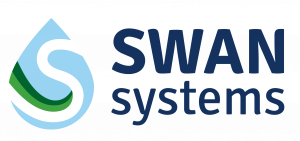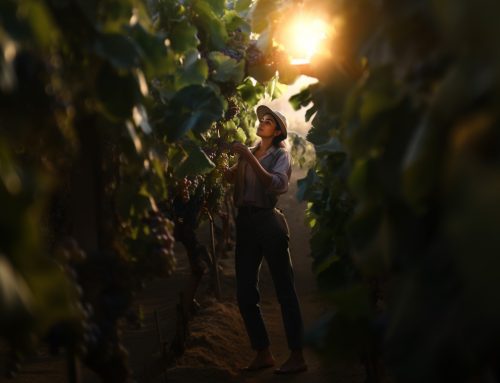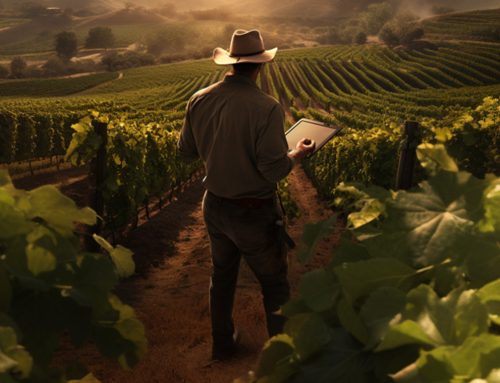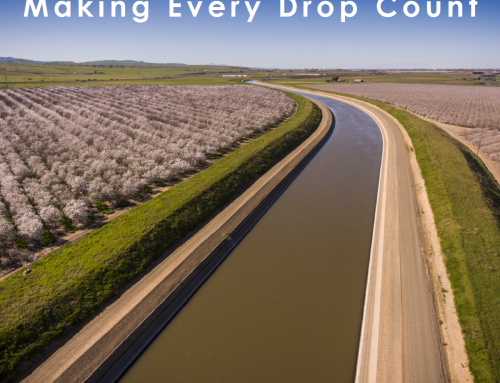Keeping Your Greens…Green!
When Cottesloe Golf Club first decided to use irrigation management software to help them manage the irrigation and nutrient needs of their turf, they had no idea they were about to face the hottest summer on record in Perth.
Introduction
Cottesloe Golf Club is an 18 hole golf club located in the coastal suburb of Swanbourne. The golf course covers an area of just over 60 hectares, with approximately half of that being irrigated turf, and the rest native bushland. Due to their coastal location, they are subject to strong winds, especially during the summer months
when the mean afternoon wind-speed is over 26 km/h. We spoke to Cameron MacDonald, the Cottesloe Golf Club’s irrigation technician, and asked him to describe how he and the team there manage the turf needs of the golf club.

What challenges do you face with managing the golf course?
Working within strict time frames and budgets to stay on top of everything is our biggest challenge. Throughout the year we need to manage the irrigation
and nutrient needs of our turf. In addition to this, we need to schedule in course renovations, keep our machinery in good working order, and keep on top of any pest and disease outbreaks.
With the irrigation, our biggest challenge is in achieving the right balance between using enough water to keep the turf healthy, while staying within our water allocation. As well as the weather, other variables we need to consider include the different types of turf in use, course topography, and the age of the turf.
How did you manage irrigation scheduling this year?
Identifying exactly how much water every area needs and programming accordingly takes time, and usually we will see the negative outcomes of improper irrigation before having a chance to correct it. We required a system to specifically identify when and where we needed to adjust irrigation to prevent dry areas and to assist in managing our water allocation. We heard about SWAN Systems and were keen to use it on our golf course.
Working together with SWAN Systems we mapped out the greens, fairways and tees and configured SWAN to take into account local soil type, turf type,
water supply and weather.
We have found the irrigation planning feature to be very useful. The 7-day projection was particularly beneficial in assisting us to plan our week, deciding
on which days we could cut back on irrigation. This feature was especially helpful in that it provided a snapshot of how things would be looking going into
events such as major competitions. The flexibility of the planning feature allowed us to still irrigate when it was needed.
It was a hot summer. Did you get through it in good shape?
Despite having sweltered through the hottest summer on record for Perth (see Box), we were able to stay nearly 12% under our water budget. This is a fantastic outcome and a very positive sign as we look to further decrease our overall water use. Some members have also passed on their appreciation to us for how well
the course has held up during the significant heat.
According to the Bureau of Meteorology, the 2021-22 summer in Greater Perth was the hottest summer on record. The mean maximum temperature in
Perth was one degree higher than the previous record, and 2.5°C above the average.
The Swanbourne weather station set a record of its own. On 26th December 2021, Swanbourne recorded its hottest December day – 43.7°C. This was over
15 degrees hotter than an average December day of 28.0°C – see Table 1. While no records were set in January and February, their hottest days (41.3°C for January and 39.5°C for February) far exceeded the monthly averages.

Table 1: Temperature (°C) data for Swanbourne.
What’s next?
We are looking at getting more staff members to use the system. As well as assisting us to manage our irrigation, it also has a fertiliser planning module. We believe that if we can get more of our staff using SWAN, we will be able to have a more efficient and effective record keeping system – and we will be able to continue to use our water wisely.




